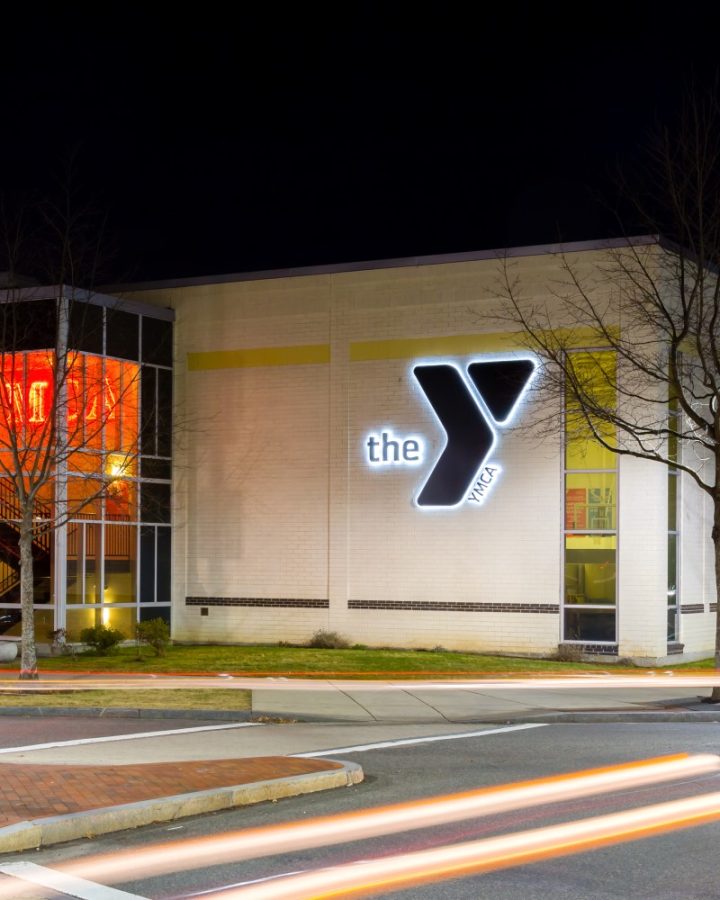Origins of The YMCA
June 1, 2023
The Infamous YMCA. Whether you know about this organization from the song/dance or from spending summer afternoons lazing around the YMCA pool, you have likely heard about this nonprofit at some point. However, many people are foggy about what this group was originally established for and how it evolved into the organization it is today.
To start off, the YMCA stands for the Young Men’s Christian Association. This community organization began in London, in the throes of poverty. Surrounded by limited opportunity and “immoral” temptations, in 1844, George Williams created a social refuge from the dastardly streets entitled the YMCA. This organization provided Christian activities to men from all social strata and was seen as saving the souls of men who otherwise may have sought out taverns and prostitution.
The idea of this institution spread across the globe largely thanks to the Great Exhibition of 1851 which showcased culture and innovation. As people from all over attended this event, by the end of the year, there were YMCAs in Australia, Belgium, Canada, France, Germany, the Netherlands, Switzerland, Hong Kong, and the United States. As YMCAs spread, slight adjustments were made to the institution depending on the area. Different YMCAs served different communities both geographically and demographically. Based on the needs of the surrounding neighborhoods, some YMCAS had programs devoted specifically to college students and other YMCAS had programs intended for people learning English as a second language. Henry Dunant, Secretary of YMCA Geneva, led many YMCA initiatives and is responsible for creating the World Alliance of YMCAs.
In the 20th century, the YMCA became more interdenominational and programs were offered with the intention of creating good citizens rather than spreading Christian faith. In more recent years, the YMCA has taken stances on world issues such as gender equality, poverty, and racism.


